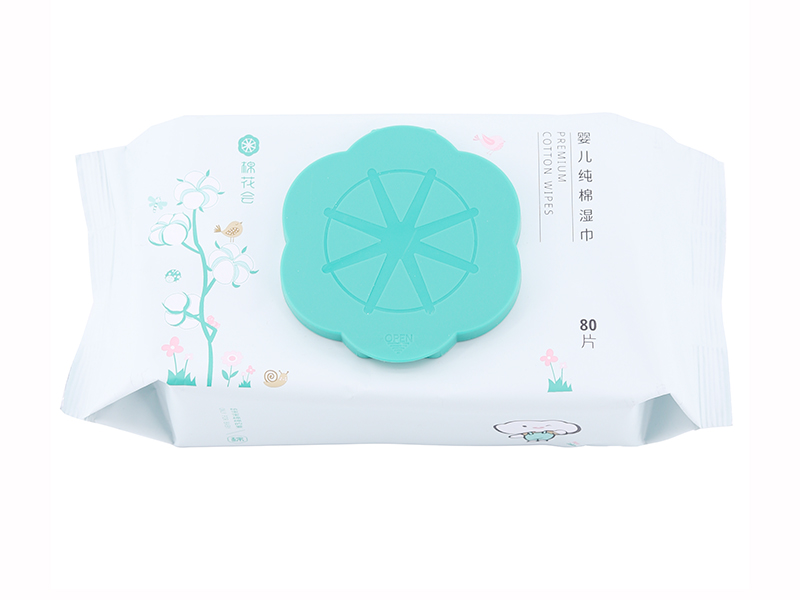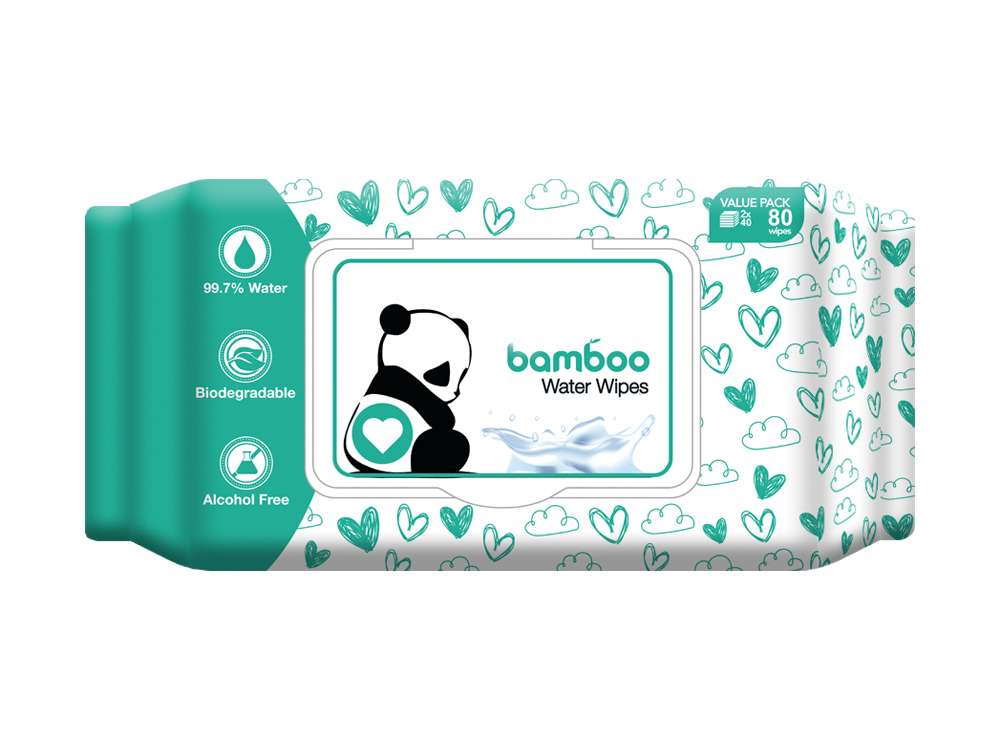When one hears the term “absorbent cotton,” the immediate mental image is often that of a sterile roll of cotton wool or a small ball used for cleaning a wound or applying an antiseptic. This association is perfectly logical, as the primary and most critical application of this material lies within the medical and healthcare sectors. However, to view absorbent cotton solely through this lens is to overlook its remarkable versatility and utility across a wide spectrum of other industries. This material, renowned for its high absorbency, softness, and purity, is a silent workhorse in fields ranging from aesthetics and infant care to electronics and industrial processing.
Understanding the Fundamental Properties of Absorbent Cotton
To fully appreciate the diverse applications of absorbent cotton, it is essential first to understand what sets it apart from other fibrous materials. Not all cotton is created equal, and the specific properties that define absorbent cotton are the very reasons for its cross-industry utility.
Absorbent cotton is typically manufactured from purified cotton fibers that have been stripped of their natural impurities, such as waxes, pectins, and proteins, through a rigorous scouring and bleaching process. This purification is crucial as it significantly enhances the material’s hygroscopicity—its ability to attract and hold water molecules from the surrounding environment. The resulting fibers are not only exceptionally absorbent but also possess a high degree of whiteness, softness, and a neutral pH, making them gentle on skin and compatible with various chemicals and compounds. Furthermore, the fibers are often carded to align them in a uniform web, which gives the final product consistent tensile strength and absorbency throughout. It is this combination of high absorbency, soft texture, chemical purity, and structural integrity that allows absorbent cotton to perform so effectively in roles that extend far beyond the medicine cabinet. For buyers, understanding these core properties is key to identifying the right grade of absorbent cotton for different end-uses, whether it be for a delicate cosmetic application or a robust industrial task.
The Medical and Healthcare Cornerstone: A Brief Recap
While this article focuses on applications beyond basic wound care, it is important to briefly contextualize its foundational role in medicine, as this underpins its reliability for other sensitive applications. In healthcare settings, absorbent cotton is the gold standard for a multitude of tasks due to its sterility and gentleness. Its uses include surgical draping to maintain aseptic fields, post-operative wound cleaning and packing, and as a primary component in pre-injection skin swabbing. The material’s ability to wick moisture away from wounds helps in maintaining a healthy healing environment, preventing maceration of the surrounding skin. This proven history of safety and efficacy in critical care environments is a testament to its quality and forms the basis of trust when it is employed in other sectors, particularly those involving direct human contact or stringent hygiene standards.
The Beauty and Aesthetics Industry: A Pillar of Purity and Application
The cosmetics and personal care industry is one of the largest consumers of absorbent cotton, where its properties are leveraged for both product application and removal. The demand in this sector is driven by a need for purity and softness to avoid skin irritation.
A primary use is in makeup removal. Cotton pads and rounds made from high-quality absorbent cotton are preferred because they are lint-free and soft, ensuring they do not scratch the delicate skin around the eyes or leave residual fibers on the face. Their high absorbency allows them to efficiently hold makeup removers, toners, and other liquids, enabling a thorough and gentle cleansing process. Similarly, larger cotton balls and puffs are widely used for the even application of toners, astringents, and lotions across the face and body. The uniform texture of the absorbent cotton ensures a smooth, streak-free application without absorbing an excessive amount of the often-expensive product.
In professional settings like salons and spas, absorbent cotton finds use in nail care for separating toes during pedicures and for applying or removing nail polish remover without damaging the nail or surrounding skin. Its use in aesthetic treatments, such as the application of chemical peels or the removal of masks, is also common due to its sterile nature and disposability, which helps in maintaining strict hygiene protocols. For wholesalers, recognizing the specific product specifications required by the beauty industry—such as extra softness, lint-free performance, and specific shapes like organic cotton rounds—is crucial for catering to this market effectively.
Infant and Maternal Care: Ensuring Gentleness and Hygiene
The market for baby care products is inherently defined by stringent requirements for safety, gentleness, and hygiene. Absorbent cotton, with its hypoallergenic and soft properties, is a fundamental material in this sensitive domain.
A ubiquitous application is in baby diapering routines. Cotton balls are extensively used for applying oils, powders, and lotions to an infant’s sensitive skin. More critically, sterile absorbent cotton and saline solution are the recommended tools for cleaning a newborn’s umbilical cord stump to prevent infection. Its purity ensures that no harsh chemicals or irritants come into contact with the delicate healing tissue. Furthermore, many parents prefer using soft absorbent cotton pads with warm water for diaper changes as an alternative to commercially available wipes that may contain alcohols, fragrances, or other potential allergens.
In maternal care, absorbent cotton plays a supportive role both during and after childbirth. It is used in hospitals for various cleansing and padding purposes. Postpartum, it is commonly used by new mothers for personal hygiene, including the gentle cleansing of perineal areas, especially after an episiotomy. The material’s high absorbency and softness make it ideal for managing light postpartum bleeding when used as a padding material. The demand in this sector is for the highest grades of absorbent cotton, where sterility and hypoallergenic properties are non-negotiable, presenting a key market segment for buyers focused on healthcare and wellness products.
The Pharmaceutical and Laboratory Sector: Precision and Purity
In environments where precision and contamination control are paramount, such as pharmacies and scientific laboratories, absorbent cotton serves several critical, though often overlooked, functions.
In pharmaceutical manufacturing and compounding, it is frequently used as a filtering medium. Its fibrous structure is effective for clarifying liquids by trapping fine particulate matter. While not replacing advanced membrane filters for sterile solutions, it is perfectly suited for preliminary filtration steps. Another essential role is as a protective wadding. When placed at the top of a bottle of tablets or capsules, the absorbent cotton wad prevents the contents from shaking during transit and breaking apart. It also acts as a barrier against moisture and contaminants, helping to preserve the integrity and shelf-life of the medication.
Within laboratory settings, absorbent cotton is used for tasks that require a clean, absorbent material. This can range from cleaning delicate instruments and preparing slides to acting as a temporary plug or padding in experimental setups. Its chemical purity is vital here, as any leachates from the cotton could compromise experimental results. For buyers dealing with laboratory supply or pharmaceutical packaging, understanding the specific grades of absorbent cotton that meet pharmacopoeial standards (such as USP or BP) is a critical requirement for their clients.
Arts, Crafts, and Conservation: A Delicate Touch
The unique properties of absorbent cotton have secured its place in the creative and preservation-focused worlds of arts, crafts, and conservation. Its soft, malleable, and non-abrasive nature makes it an ideal tool for handling delicate materials.
Artists use it for a variety of techniques. It can be shaped and used for applying or blending soft pastels, or for creating specific textural effects in paintings. In pottery and ceramics, small amounts of absorbent cotton can be used to precisely apply wax-resist or to clean up small areas on a piece before firing. In more specialized crafts, such as doll-making or taxidermy, it serves as an excellent, formable stuffing material that is both lightweight and absorbent.
Perhaps its most critical role in this category is within museum and archival conservation. Conservators rely on absorbent cotton for the gentle and controlled cleaning of fragile artifacts, such as manuscripts, textiles, and historical objects. It is used to apply cleaning solvents in a precise manner or to blot away excess moisture without damaging the original substrate. The fact that it is a pure, lignin-free, and pH-neutral material is of the utmost importance in these applications, as it ensures no long-term damage is inflicted on priceless cultural heritage objects.
Industrial and Niche Applications: The Unseen Utility
The utility of absorbent cotton extends into various industrial and niche sectors, where its absorbency and structural properties provide simple yet effective solutions.
A common industrial use is in machinery maintenance and repair. Absorbent cotton waste, a byproduct of the manufacturing process, is often used as a highly effective absorbent material for soaking up oil, grease, and chemical spills in workshops and factories. It is also used for applying lubricants or solvents to specific parts of a machine. In the electronics industry, high-purity absorbent cotton swabs are indispensable for cleaning circuit boards, applying flux, and wiping away excess solder, as they do not leave conductive residues.
Other niche applications are numerous. It is used in the automotive industry for everything from polishing and cleaning to applying compounds. In horticulture, it can be used as a sterile medium for starting seeds. In first-aid kits for veterinary use, its applications mirror those in human medicine. The table below summarizes some of these diverse applications across different sectors.
| Sector/Industry | Primary Application(s) | Key Property Utilized |
|---|---|---|
| Beauty & Cosmetics | Makeup removal, toner application | Softness, high absorbency, lint-free |
| Infant & Maternal Care | Umbilical cord care, diaper change cleansing | Sterility, hypoallergenic, gentleness |
| Pharmaceutical | Bottle wadding, preliminary filtration | Purity, absorbency, structural loft |
| Arts & Conservation | Blending pastels, cleaning artifacts | Non-abrasive texture, purity, malleability |
| Industrial Maintenance | Spill cleanup, solvent application | High absorbency, oil-wicking, low cost |
| Electronics | Circuit board cleaning | Lint-free, high purity, precision tip |


 中文简体
中文简体 English
English 日本語
日本語 русский
русский Español
Español












